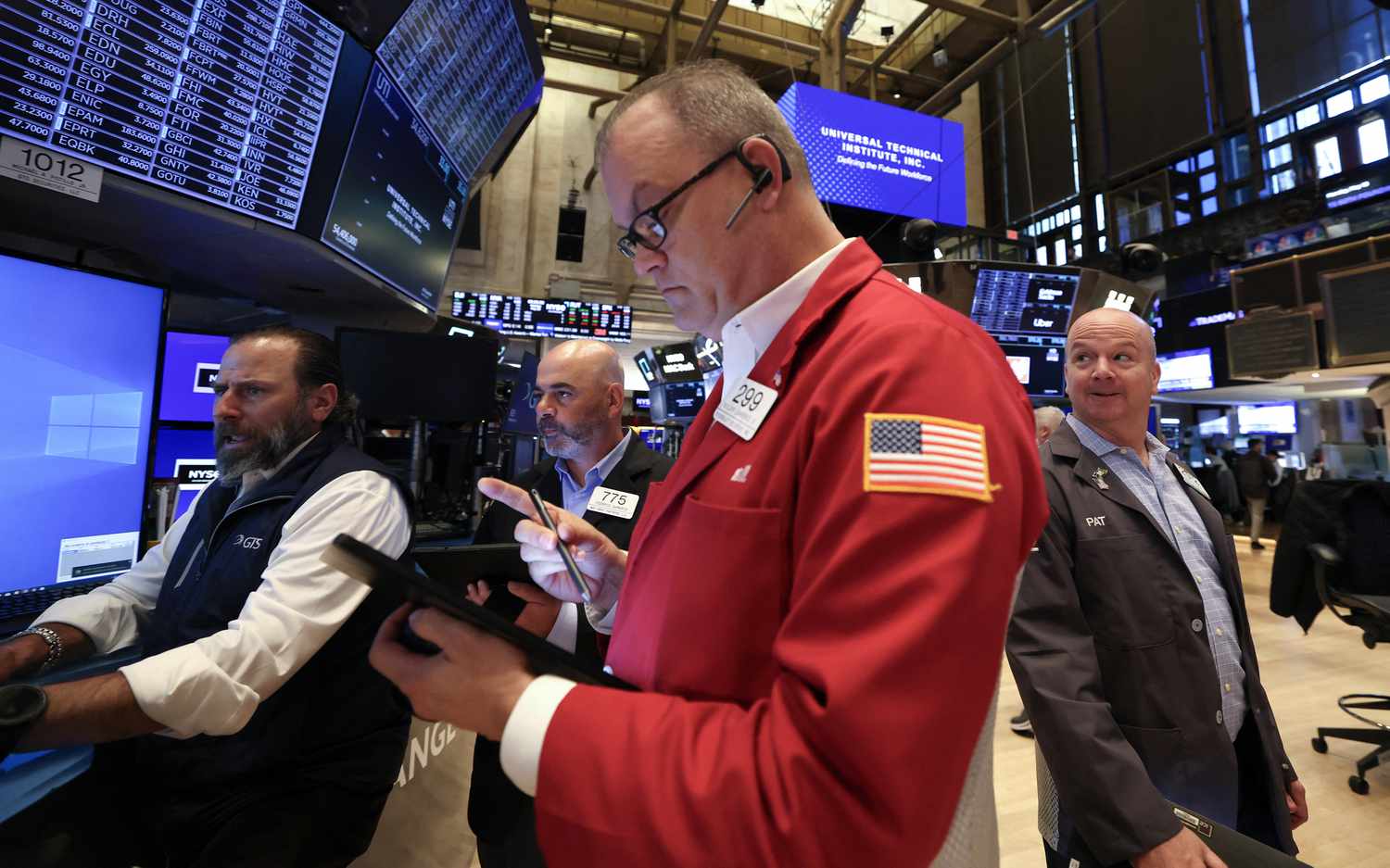Here’s How Much the U.S. Imports From Mexico


Trade with Mexico is enormously important to the United States. In 2024, the U.S. imported approximately $506 billion in goods from Mexico. That’s approximately 15% of all imports by dollar value, making Mexico the U.S.’s largest import trading partner and ousting Canada and China.
Key Takeaways
- Mexico is the United States’ largest import partner. In 2024, the U.S. imported $506 billion worth of goods from its southern neighbor, more than from China or Canada.
- The United States-Mexico-Canada Agreement (USCMA) is a large factor in the successful trading relationship between the U.S. and Mexico.
- China was previously the largest U.S. trading partner, but increased tariffs in the late 2010s caused U.S. businesses to nearshore production.
- The largest imports from Mexico include cars, motor vehicle parts, and computers.
United States-Mexico-Canada Agreement (USCMA)
The United States, Mexico, and Canada have closely integrated economies due to the United States-Mexico-Canada Agreement (USCMA), which replaced NAFTA in 2020. USCMA updated the older free trade agreement and added new rules for digital trade, labor protections, and environmental standards.
USCMA stipulates that 75% of auto components must be made in North America to qualify for tariff-free status, a rule intended to increase regional production. It also requires that at least 40% to 45% of auto production in North America be done by workers earning at least $16 an hour. The goal is to close the gap between labor costs in the U.S. and Mexico.
This rule provides stability for businesses and lower costs for consumers. It also means better wages and labor rights for Mexican workers.
Imports From Mexico
The United States imports a large number of goods from Mexico. The top five import categories in 2023 were:
- Cars: $44.9 billion
- Motor vehicles; parts and accessories: $35.2 billion
- Delivery trucks: $26.3 billion
- Computers: $25.6 billion
- Crude petroleum: $20.4 billion
Automobiles and auto parts are the most significant imports. Several large U.S. auto companies, including Ford and GM, have production plants in Mexico, making cars, engines, and other products that are then returned stateside for sale.
Other important imports include insulated wire, video displays, medical equipment, air conditioners, and beer.
U.S. Exports
While the U.S. imports a large amount from Mexico, its exports are also sizeable, totalling $334 billion in 2024.
The largest exports from the United States to Mexico in 2023 included:
- Refined petroleum: $29.7 billion
- Motor vehicles; parts and accessories: $17.7 billion
- Petroleum gas: $8.87 billion
- Combustion engines: $5.84 billion
- Corn: $5.27 billion
Fast Fact
In addition to goods, the U.S. also imported $44.8 billion worth of services in 2023.
What About China?
China used to be the United States’ largest import partner. However, in the late 2010s, during the tariff wars initiated by the first Trump administration, businesses faced many issues, such as rising costs and political tension.
Many companies started to nearshore production, moving production closer to the United States, and Mexico was a clear choice. This resulted in Mexico surpassing China as the U.S.’s largest import partner in 2023. The U.S. imported $439 billion worth of goods from China in 2024.
The Bottom Line
Trade between the U.S. and Mexico has increased, thanks to initiatives like USCMA and a partial shift away from China.
The proximity, lower labor costs, and favorable trade terms have made Mexico an important player in the U.S. supply chain. At the same time, U.S. exports to Mexico are strong, making the relationship beneficial to both countries.












